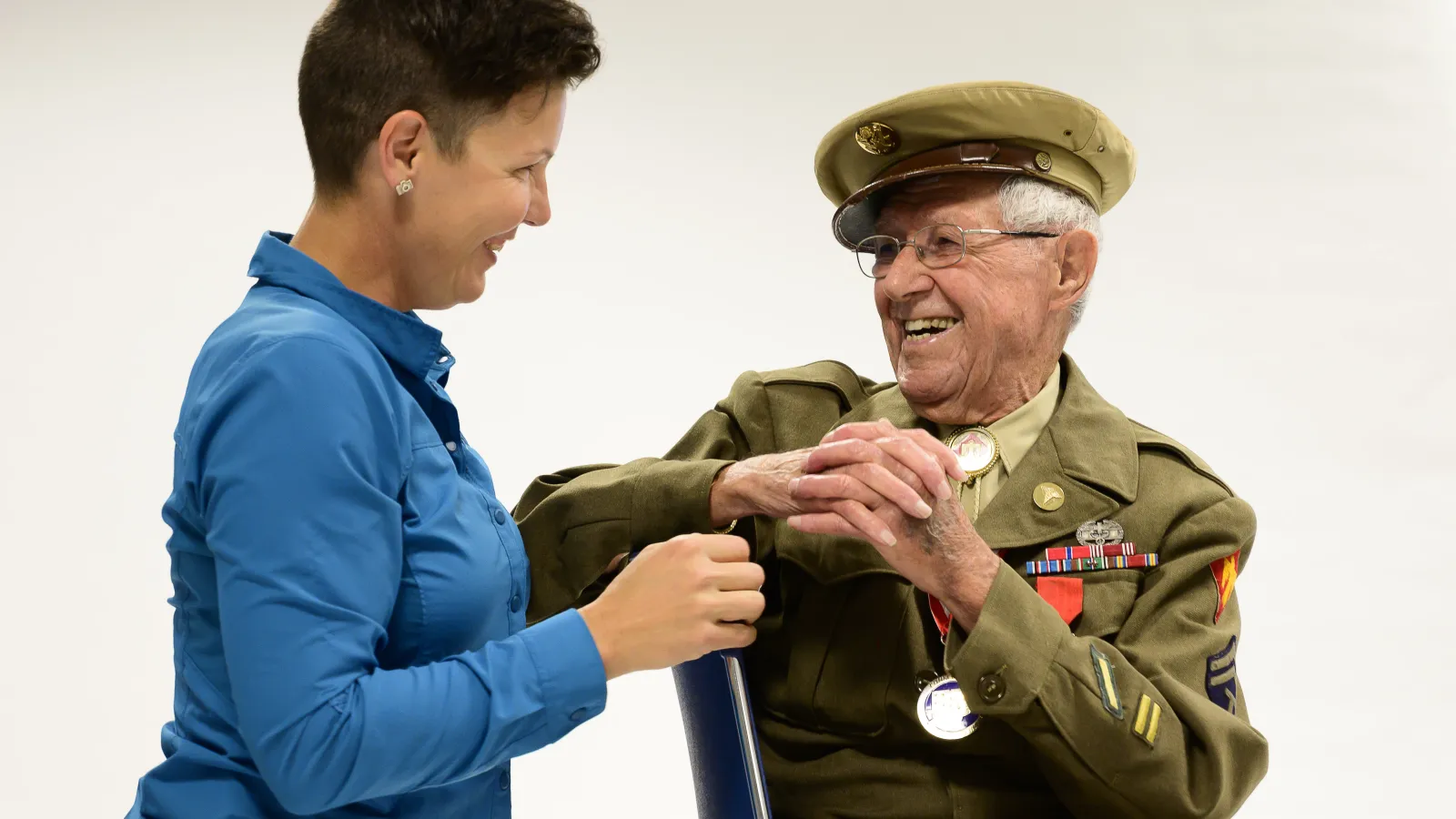
The Origin of After Action
The concept of After Action lived in my brain for several years before it came to fruition. Granted, it didn’t have a name yet - that would come later too, and from my husband and fellow veteran, Andy Dunaway. In the military, we use after action meetings to review operations to assess what went right or wrong and how we could improve before the next operation. The premise of the After Action series would be simple; record candid veteran-to-veteran conversations about life in the military, the transition back to civilian life and post-service life. They’d be the type of open, raw, no-limits dialogue just like I’d had so often while on the road with the Veterans Portrait Project. Through these round table discussions, folks might better understand what makes us, the veteran community, who we are.
Around ten years ago, I met a director by the name of Don Godish during a documentary about post traumatic stress disorder. I was one of the interviewees. Though it was a tough subject to talk about, especially for me back then, Don was pleasant, encouraging and supportive. I received a call from Don several years later about another project. This time, he wanted me in front of the camera to moderate a panel of veterans on the USS Yorktown. I was excited by the idea and accepted. Unfortunately, the program never got off the ground. However, it left the door open for After Action.
The following several months, Don and I worked on the platform of the show. Tabitha Safdi joined the team, then Hannah Merchant and many other talented people too numerous to list here. My dear friends at Polycor became a sponsor and the ETV Endowment graciously stepped up to fully fund the program so we could begin production. Then COVID hit and all went dark for two years.
In late 2021, we decided to schedule filming for May 2022 at my farm, LowCountry Acres, outside Charleston, SC. Of the roughly 17 million amazing veterans nationwide, I gathered a list of just 50 veteran-guests candidates. Based on the seven episode topics, I further narrowed the list down to 30. It was important to all of us that we had a diverse representation to include all branches of services, a variety of occupations, a wide age group, geographic regions and demographics. From there, Don, Tabitha and I conducted pre-interviews, ultimately landing on the 21 veteran guests featured in the series. Honestly, I wish I could host all fifty as everyone had incredible stories.
Ultimately, my hope for the After Action series is that it will demystify the military experience, thus providing those who haven’t served better insight into what makes us tick. I hope it “lifts the veil” if you will. By decoding our acronyms, translating our unique language, revealing our secrets, I believe this series may lead to more open conversations between veterans and those who support them.
Salute,
Stacy P., USAF Retired
Share